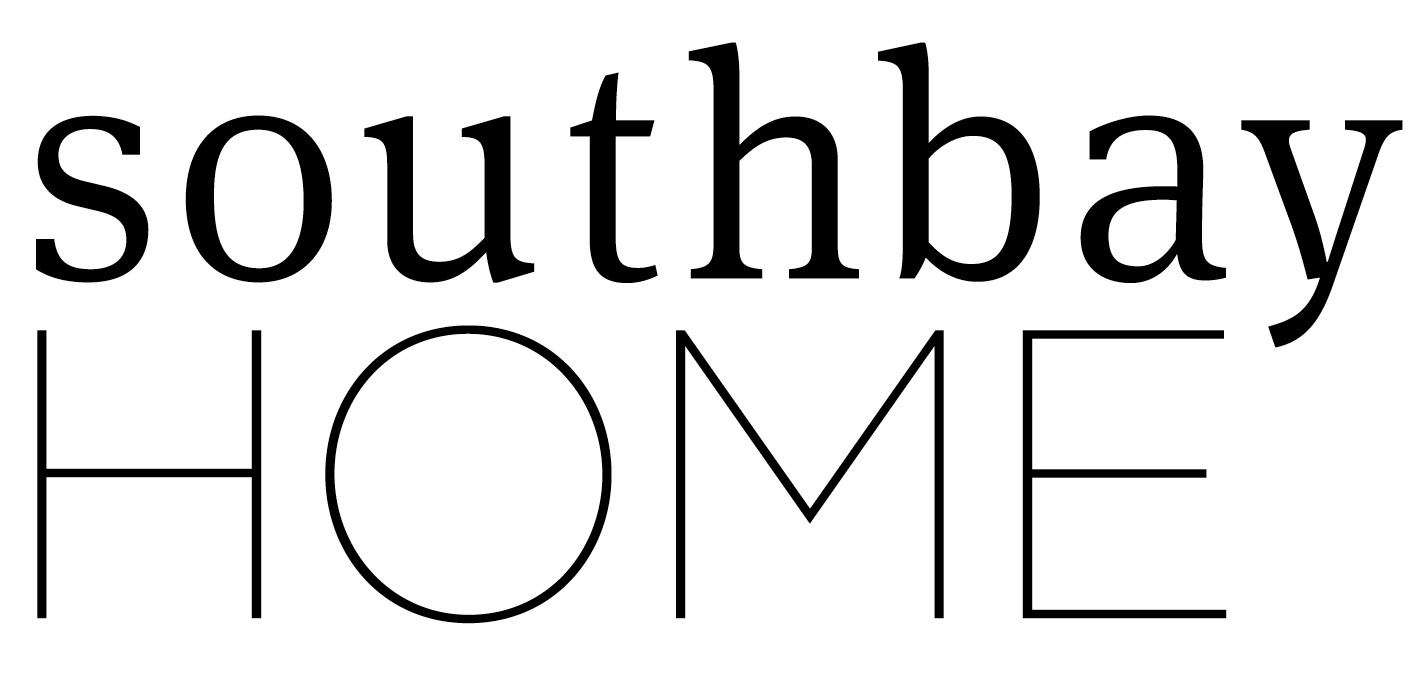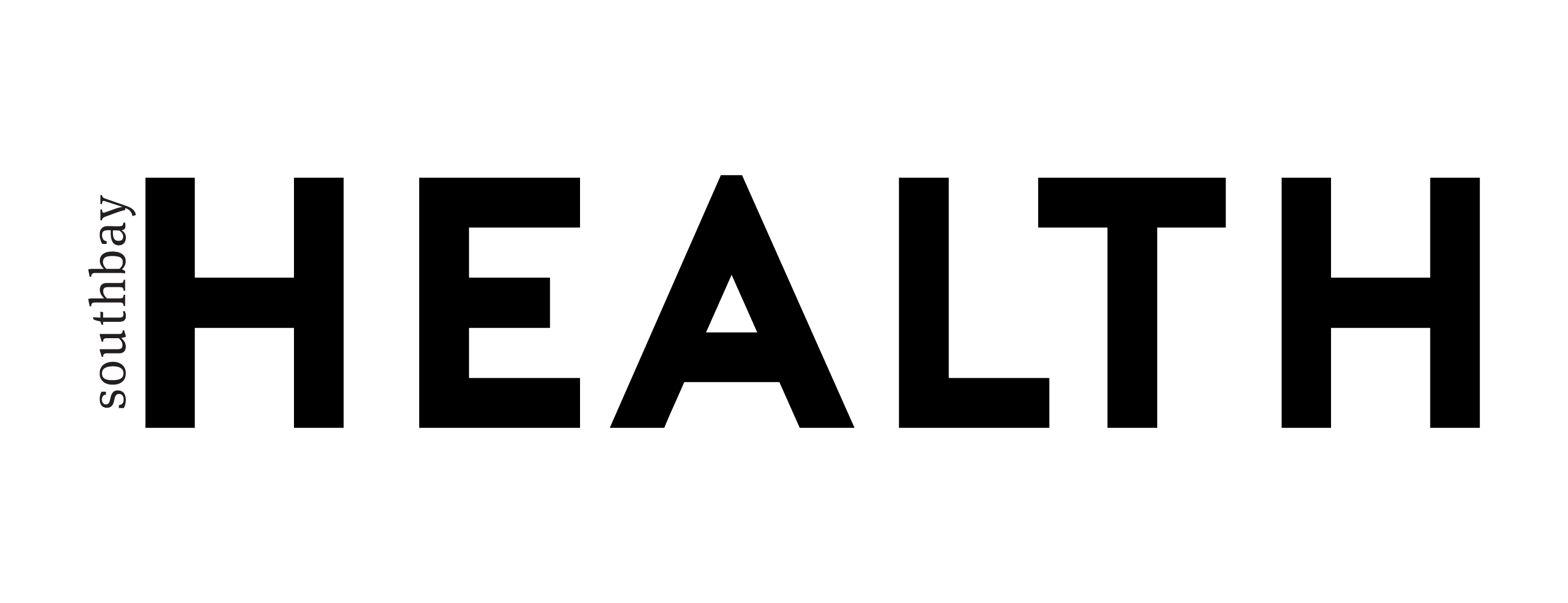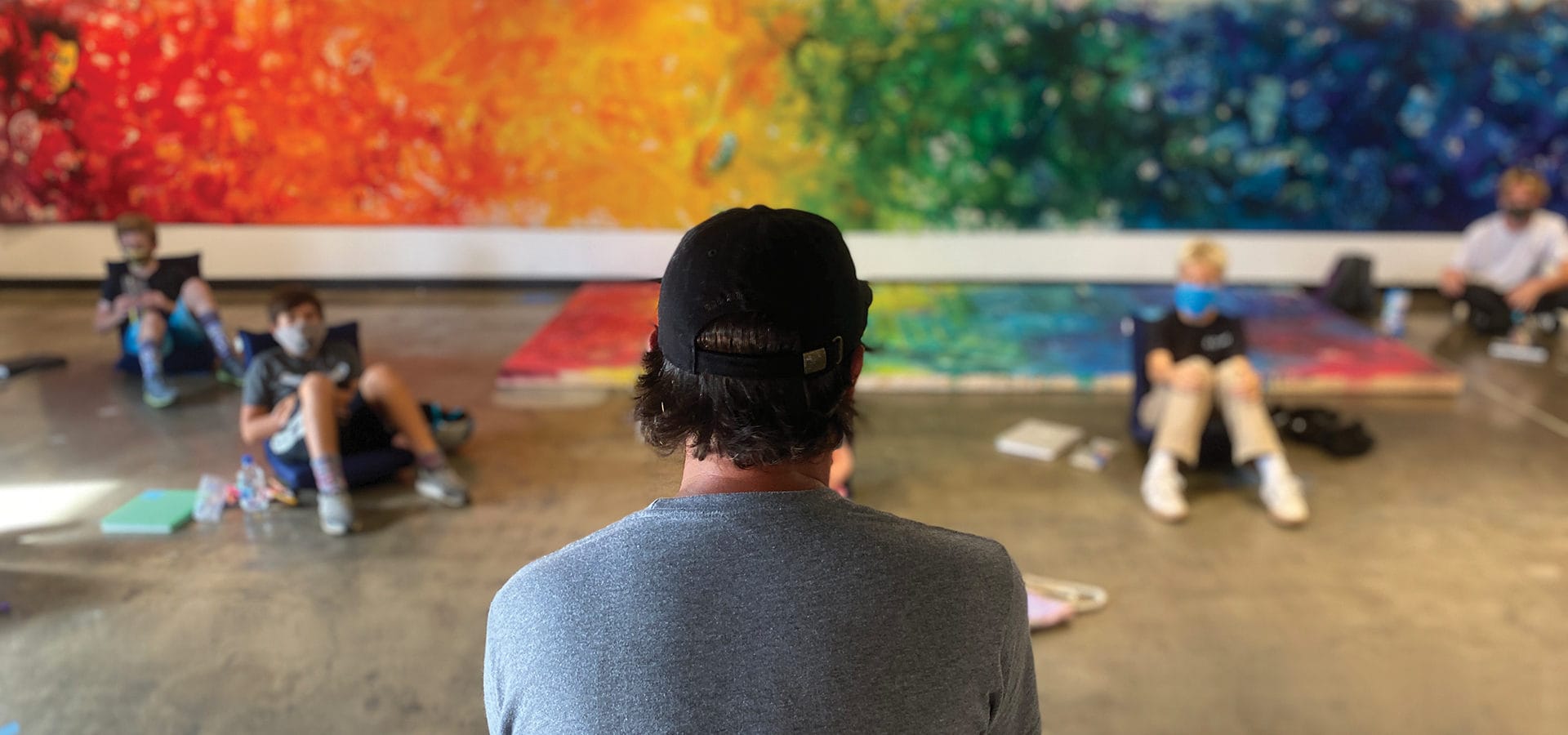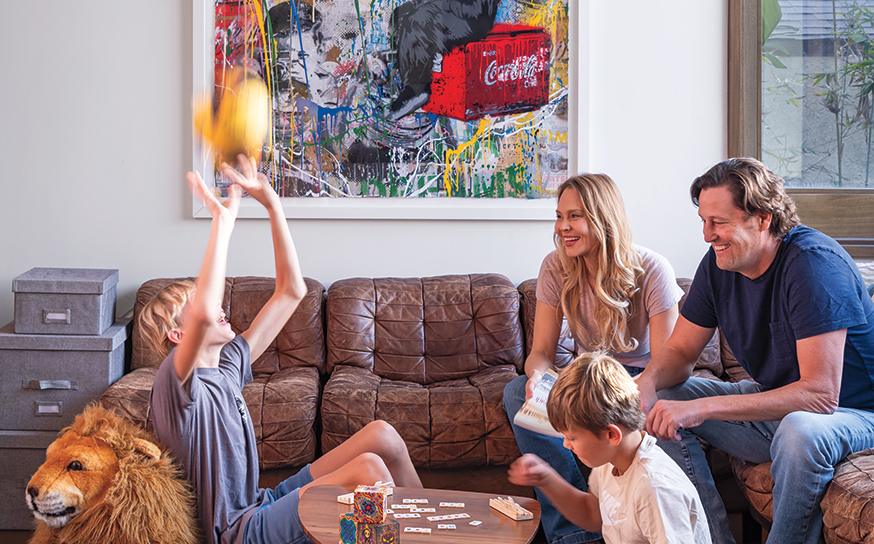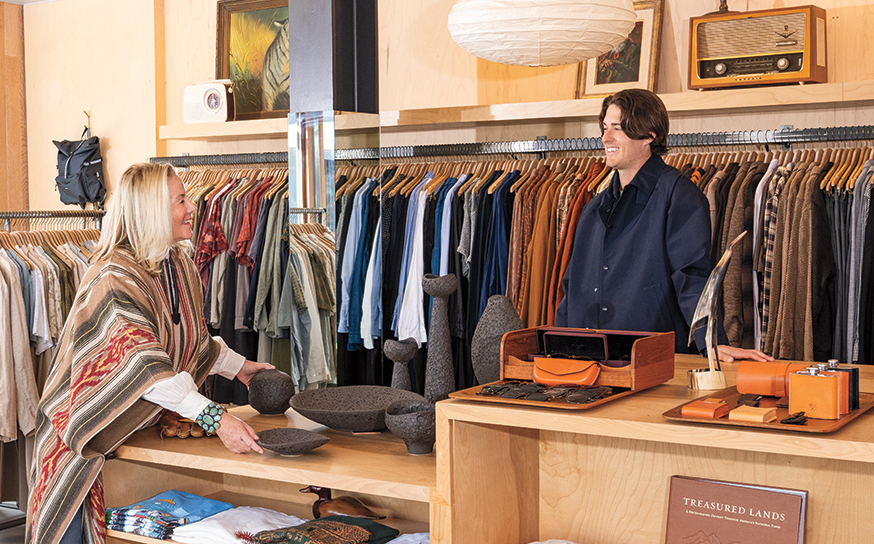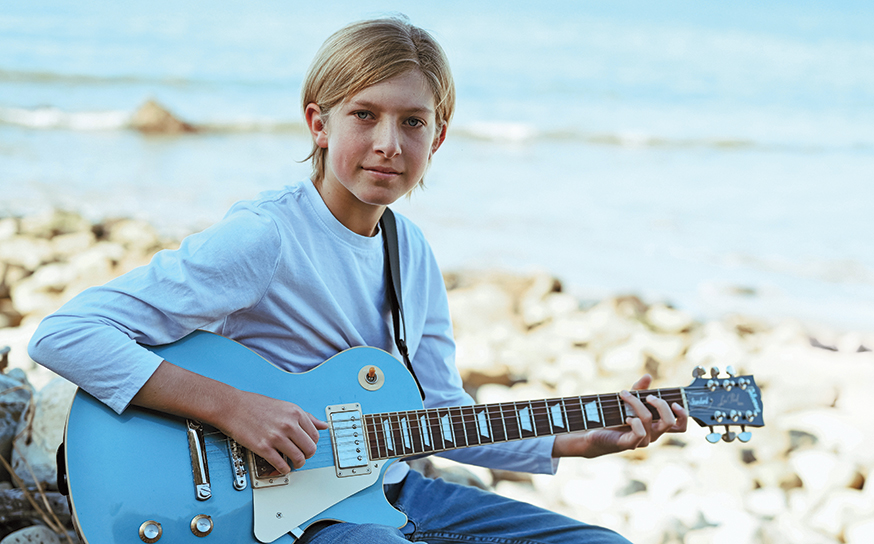The South Bay Artist Collective Offers a Safe and Satisfying Outlet for Kids in Need of Artistic Expression
Getting creative.
- CategoryPeople
- Written byTanya Monaghan
- Above photo byKevin Gilligan
Rafael McMaster considers himself blessed to call the South Bay home. A former graphic designer and art director, his high-stress career exasperated a struggle with anxiety and attention deficit hyperactivity disorder (ADHD). He became addicted to opioids, Xanax and Adderall while trying to balance work and raising five kids—including a newborn baby—with his wife, Tera.
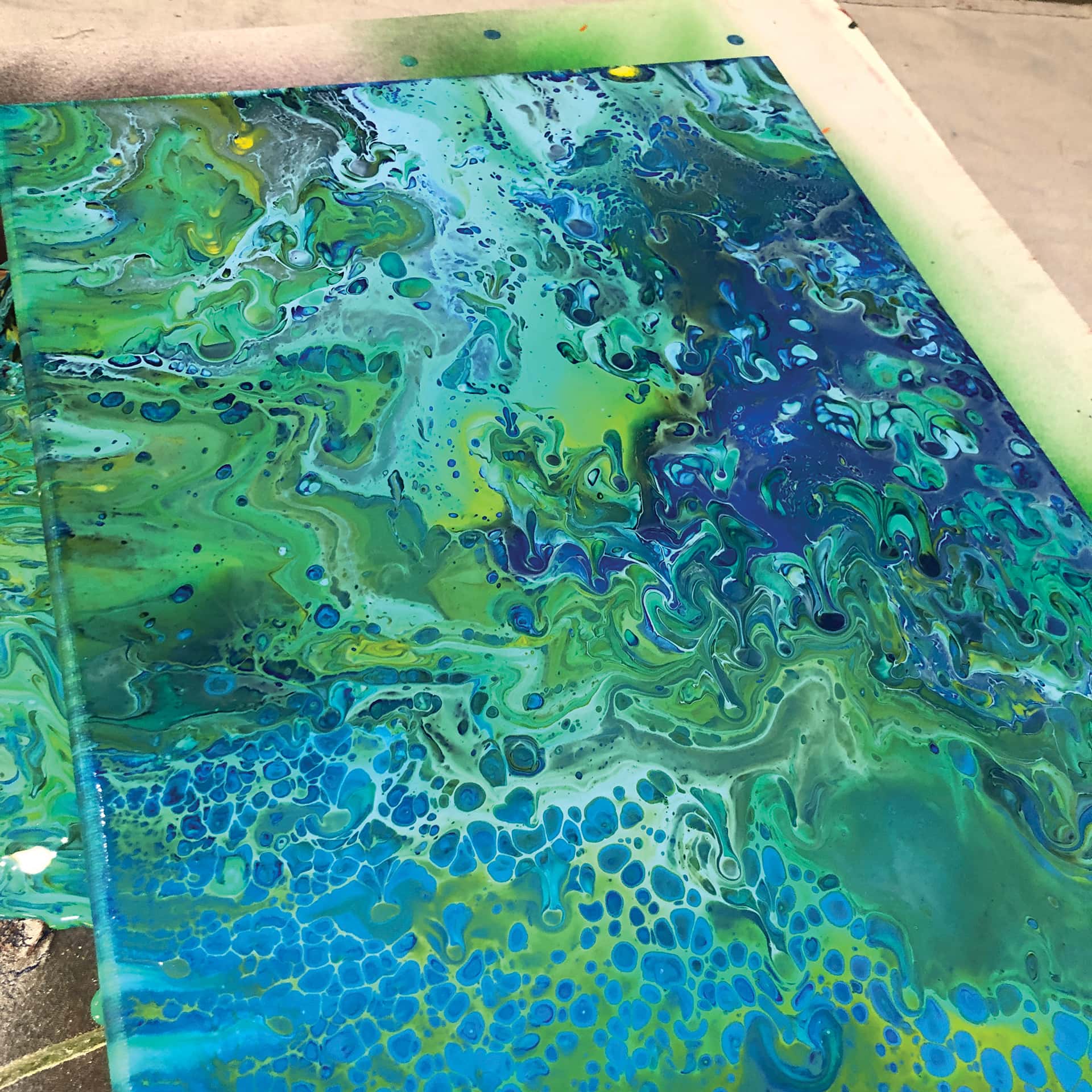
“It was like I climbed the ladder to the top of a building only to find out it was the wrong building for me,” he explains. “I felt empty inside. I had no spiritual connection. I had no connection to my community either. I was spending all my time working and commuting.”
At 35, Rafael took a sabbatical to get sober and set himself on a new trajectory. He knew that at that point in his life, he was called to be of service to others. He knew that helping others needed to be ingrained into the DNA of everything he did.
“I had to figure out how to overcome anxiety, depression, ADHD and addiction and be free from those chains,” he shares. “Going through that process of hitting rock bottom allowed me to have a spiritual discovery for myself. I developed tools that I now apply to helping kids. Whatever they are going through, they know that I get it. I can relate to them, and this opens up a sense of vulnerability that creates the space for grace to come in.”
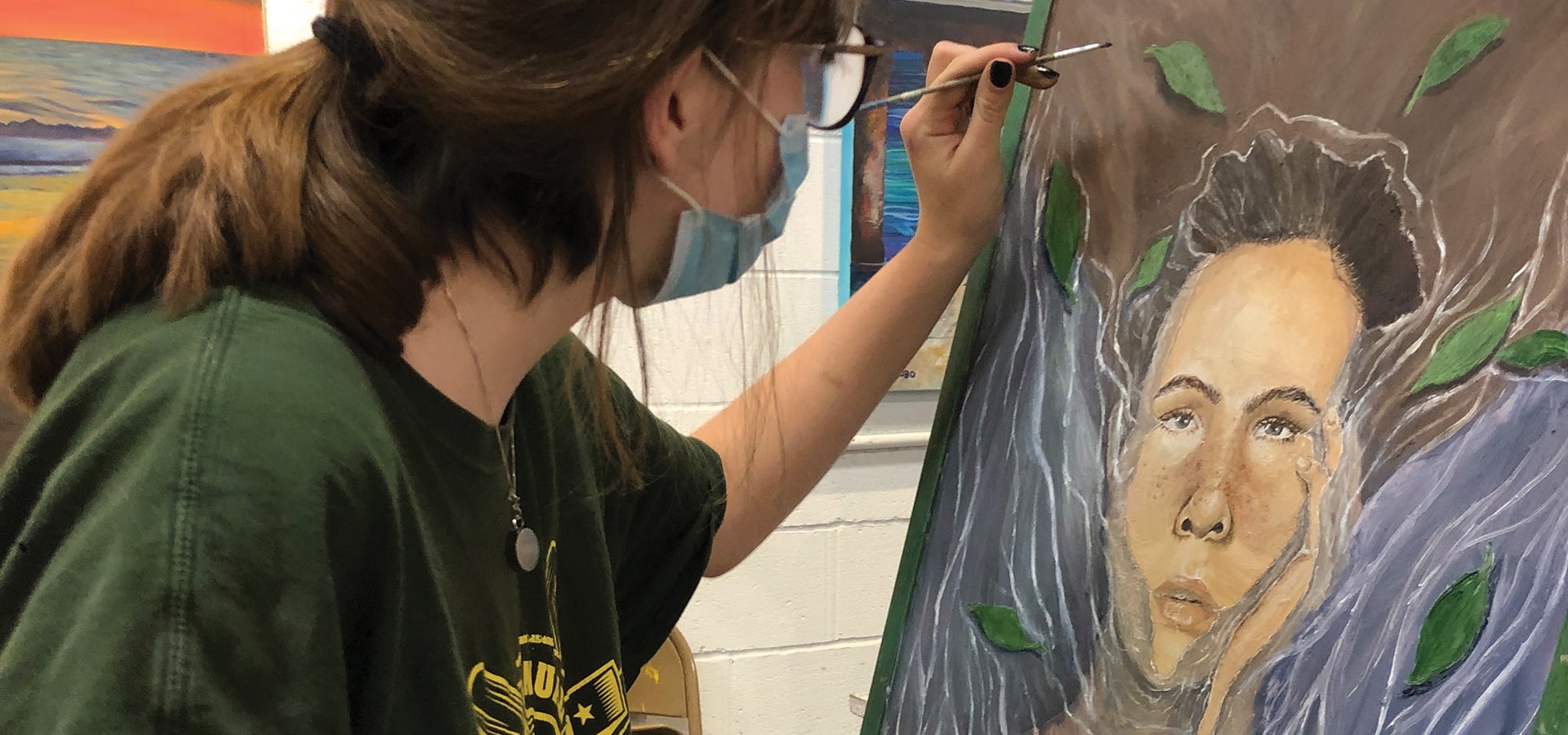
Six years ago, Rafael founded a nonprofit called the South Bay Artist Collective, which sources its volunteers from the local community. To date, the organization has culminated in more than 7,000 volunteer hours. Rafael also founded Resin, a hip gallery space in Hermosa Beach, and both entities have become synonymous with each other.
“Providing an environment for relationships results in a profound experience for everyone involved.”
Resin came from brainstorming a new nonprofit model. The idea was to let artists have a great space to show their work—but with a zero-commission structure. The artists could donate a percentage to the South Bay Artist Collective if they wanted to, but the main goal was to create the greatest impact through art and creativity.
Additionally, they created a dedicated art program to supplement nonprofit organization Young at Art’s work in local elementary schools—helping fill a gap kids might face in art education.
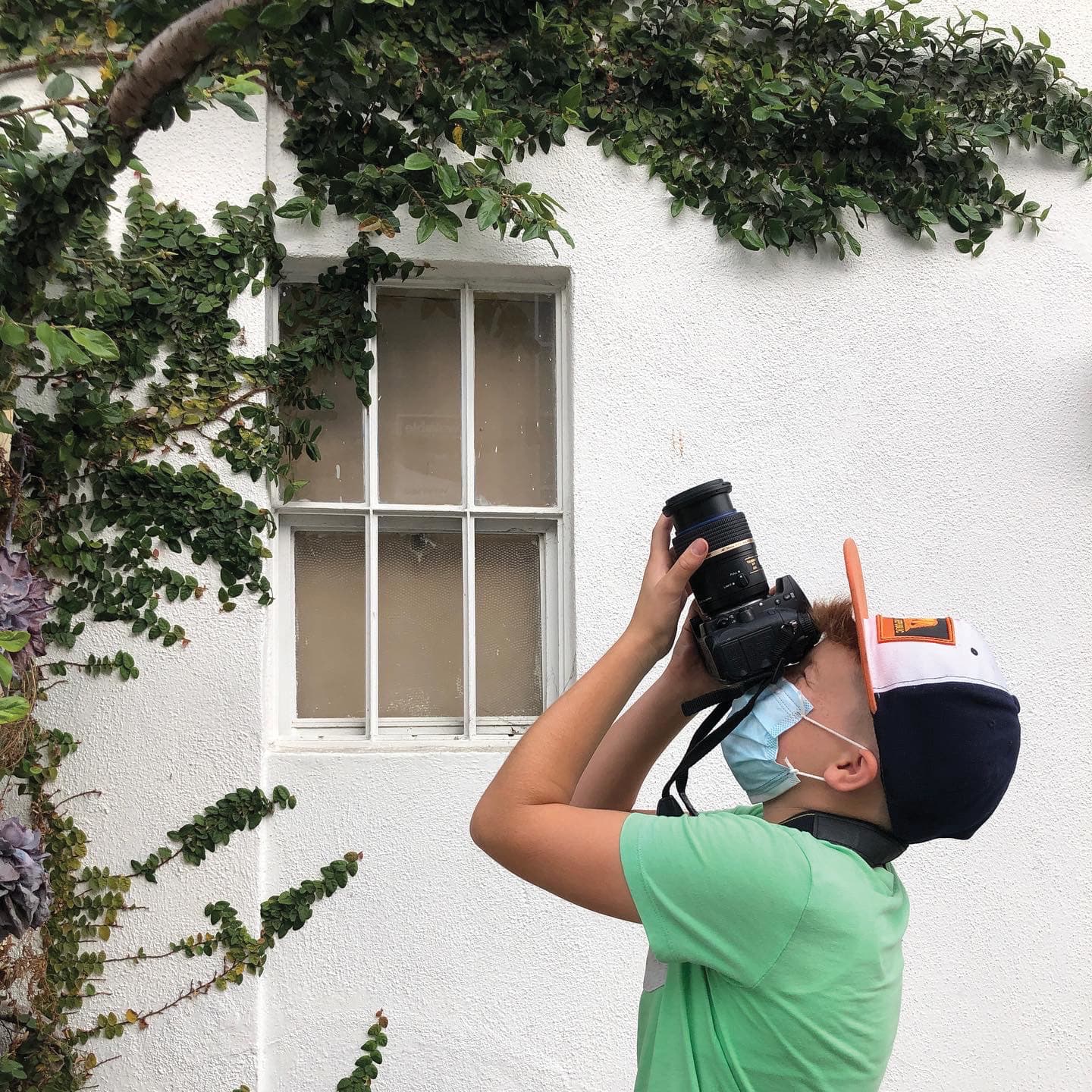
When the pandemic hit, Rafael recognized that kids struggled with stress, anxiety, depression and a lack of self-worth. Although he knew he couldn’t change what was going on in the outside world, he could help the kids by working with them on the inside. The idea was to provide the necessary tools to deal with the stresses of life—just as he had done for himself.
As part of that exploration, Rafael researched and studied the effect of technology and screens on the younger generation. His findings were shocking: Brain scans have shown that neurological pathways don’t distinguish what type of addiction (or repetitive behavior) the brain is getting a dopamine hit from. It could be drugs, alcohol, food or even a phone. A pre-COVID-19 study in 2019 found that the average American touched or interacted with their phone 2,600 times a day.
All addictions have the propensity to be magnified during times of stress and isolation, so when COVID-19 happened it was no surprise that the lack of connection was driving an even deeper addiction to screens.
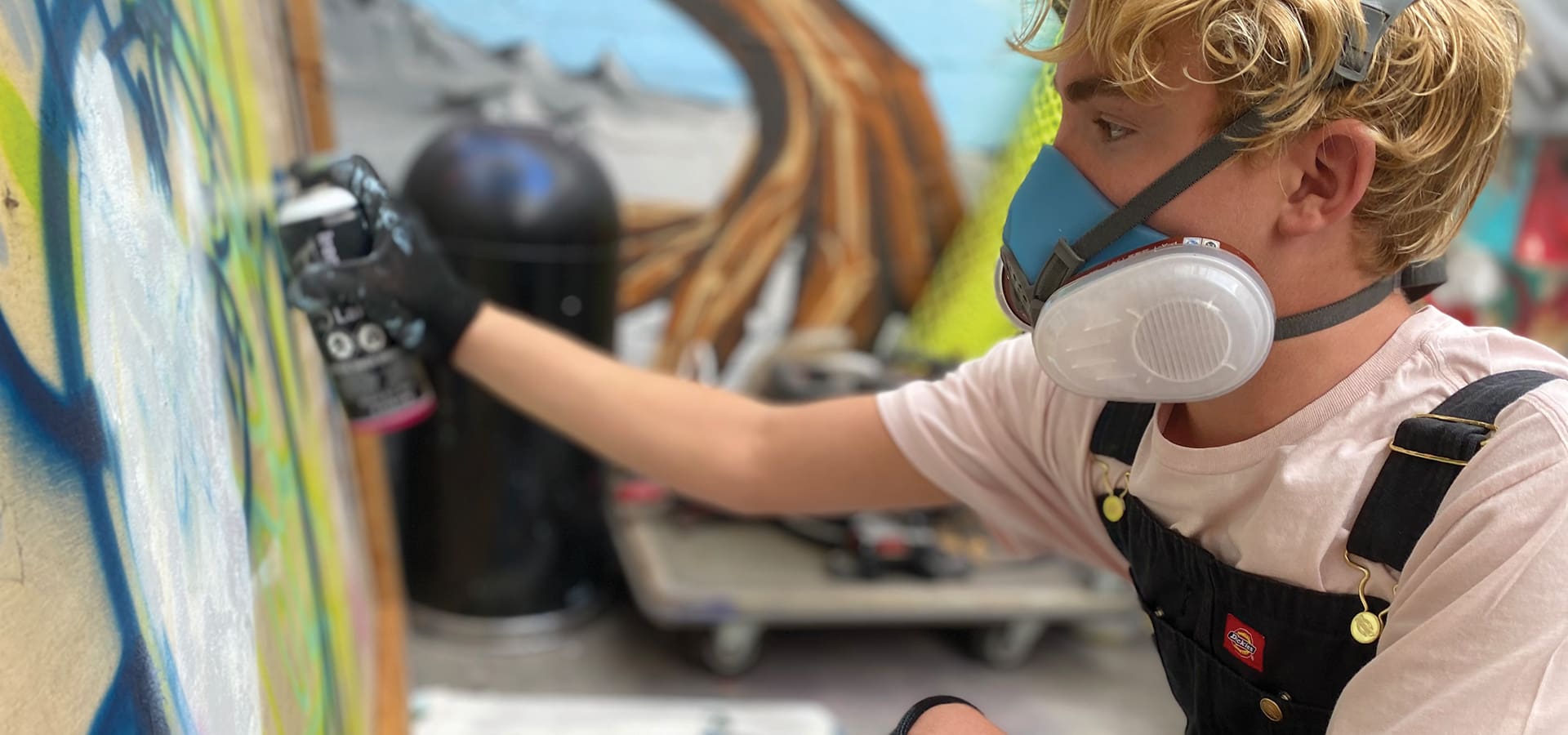
Rafael also saw the social and emotional development impact that it had on his own kids, whose ages span over a decade.
He set out to develop a critical set of tools he could teach to anyone during an eight-week course. The Creative Wisdom Tools program (CWT) consists of teaching seven concepts: acceptance, awareness, intention, gratitude, compassion, forgiveness and connection. It was created to reconnect children to the arts, movement and mindfulness, and to gain practical tools for emotional intelligence, creative problem-solving, screen addiction and stress management.
The kids meet three hours a week, beginning with 40 minutes of mindful movement with Rafael’s colleague Shelley Williams. After that session, 40 minutes are dedicated to teaching one of the tools followed by 90 minutes of creative lab time.
“Developing the curriculum with Rafael and sharing it with the students in the CWT has been an incredibly enjoyable and rewarding experience that I look forward to each week,” says Shelley. “Providing an environment for relationships results in a profound experience for everyone involved.”
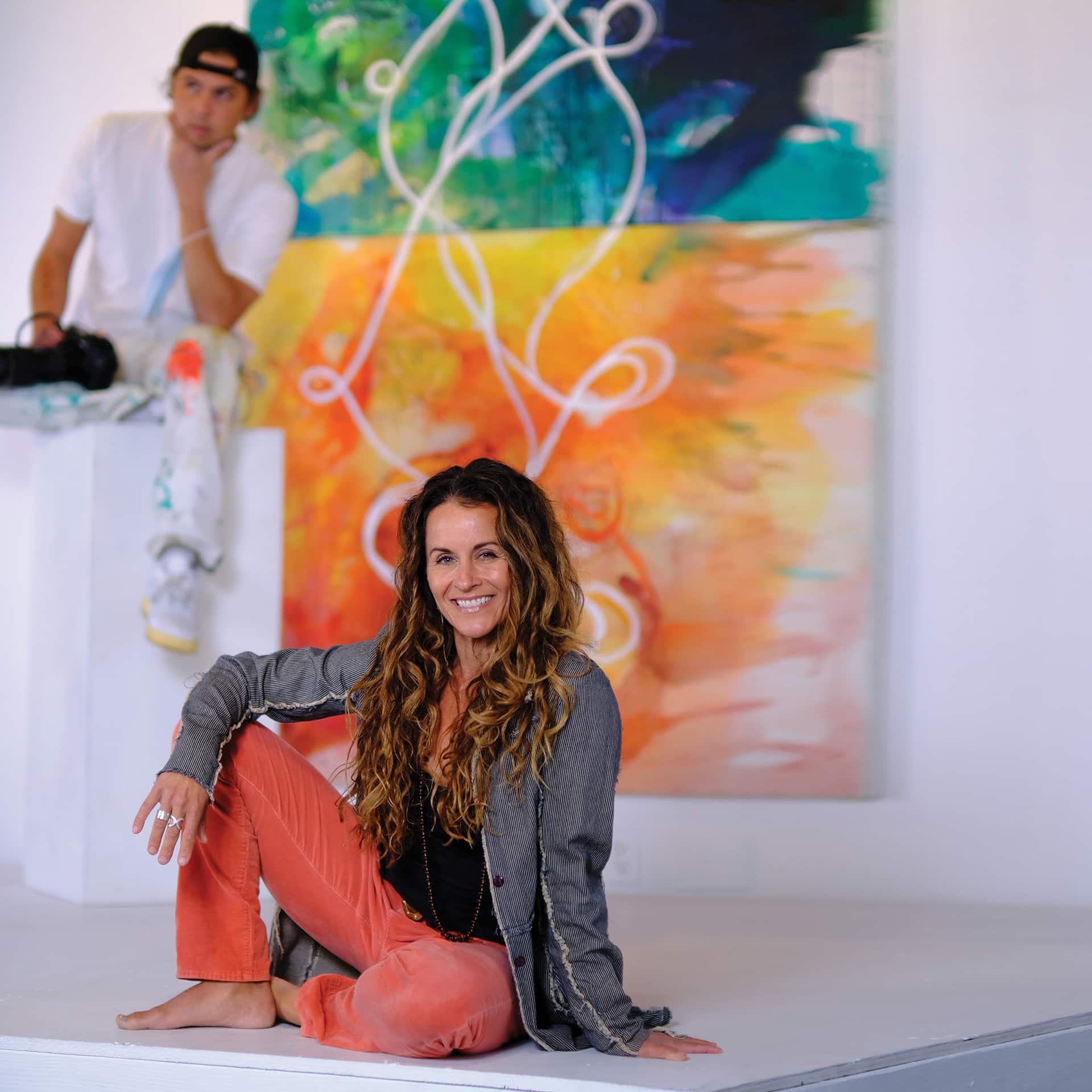
Photographed by Kevin Gilligan
Most of the young volunteer mentors who teach the creative lab portion are top high school artists themselves. They mentor the younger kids on a one-on-one basis, building rapport and allowing the tools to be more deeply ingrained during lab time.
Rafael and Shelley knew they were on to something special when they had 100% of the kids who participated in the first CWT program sign up to return for another course. They have now successfully completed three sessions of CWT as well as offering a visual arts program—all at capacity. COVID-19 restrictions have limited the number of kids they can take on, but once the pandemic is over, they hope to open it up to as many kids as they can.
The feedback from the programs has been overwhelmingly positive. Rafael’s vision is to get this program into schools as a consolidated curriculum. The South Bay Artist Collective team is working hard to earn any available grants and partner with other organizations so they can get these tools to the kids who need them most.
“CTW is the best tool that I can provide my son,” shares mom Jen Caudle of Hermosa Beach. “It has taught him to go within, to listen and recognize how he is feeling. The art has been an outlet to release.”




